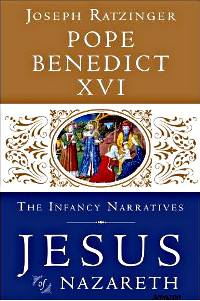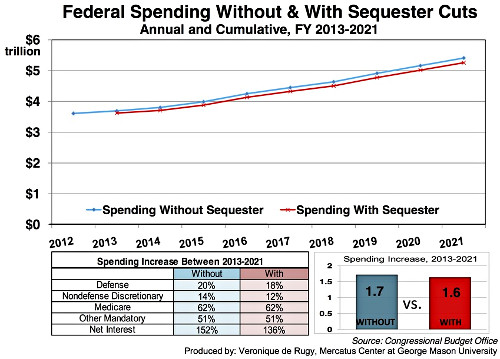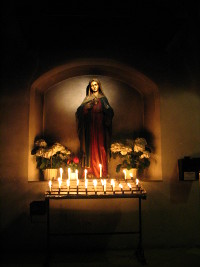
Pope Benedict’s latest and final book as pope has been out since Advent. Those of you with a better sense of timing than mine may have already read Jesus of Nazareth, The Infancy Narratives. Yet it is also fitting to reflect on the story, in light of Lent.
The period is one we know well, of course. Here it is looked at through the lens of the Gospel writers – the historicity, their audience, probable intentions and so on. Pope Benedict guides the reader gently, not too technically, but his deep theological knowledge shines through. This scholarly work remains quite accessible.
For me, it was like a guided tour through the Joyful Mysteries. It has increased my understanding of this period in salvation history and given me new insights on which to reflect. For example, this excerpt from The Annunciation to Mary:
Now, though, it is time to look more closely at the story of the annunciation to Mary of the birth of Jesus. First let us consider the angel’s message, then Mary’s answer.
A striking feature of the angel’s greeting is that he does not address Mary with the usual Hebrew salutation shalom — peace be with you — but with the Greek greeting formula chaĩre, which we might well translate with the word “Hail,” as in the Church’s Marian prayer, pieced together from the words of the annunciation narrative (cf. Lk 1:28, 42). Yet at this point it is only right to draw out the true meaning of the word chaĩre: rejoice! This exclamation from the angel — we could say — marks the true beginning of the New Testament.
The word reappears during the Holy Night on the lips of the angel who says to the shepherds: “I bring you good news of great joy” (Lk 2:10). It appears again — in John’s Gospel — at the encounter with the risen Lord: “The disciples were glad when they saw the Lord” (20:20). Jesus’ farewell discourses in Saint John’s Gospel present a theology of joy, which as it were illuminates the depth of this word. “I will see you again and your hearts will rejoice, and no one will take your joy from you” (16:22).
Joy appears in these texts as the particular gift of the Holy Spirit, the true gift of the Redeemer. So a chord is sounded with the angel’s salutation which then resounds throughout the life of the Church. Its content is also present in the fundamental word that serves to designate the entire Christian message: Gospel — good news.
The book is small, closer to a paperback in dimensions and only 132 pages in length. It is nominally broken into 4 chapters with sub-chapters for individual topics:
- Abbreviations, Publisher’s Note and Forward
- Chapter I – “Where are You From?”
- Chapter II – The Annunciation of the Birth of John the Baptist and the Annunciation of the Birth of Jesus
- On the particular literary character of the texts
- The annunciation of the birth of John
- the annunciation to Mary
- The conception and birth of Jesus according to Matthew
- The birth — myth or historical truth?
- Chapter III – The Birth of Jesus in Bethlehem
- The historical and theological framework of the nativity story in Luke’s Gospel
- The birth of Jesus
- The presentation of Jesus in the Temple
- Chapter IV – The Wise Men from the East and the Flight into Egypt
- The historical and geographical framework of the narrative
- Who were the “Magi”?
- The Star
- Jerusalem — stopping point on the journey
- The worship of the Wise Men before Jesus
- Flight into Egypt and return to the Land of Israel
- Epilogue – The Twelve-Year-Old Jesus in the Temple
- Bibliography
I enjoyed this book and recommend it to everyone with at least a basic knowledge of the events of this period. It is a good book to dust-off and re-read from time to time, in Advent, Lent, or any other liturgical season.
Full Disclosure: This book was provided to me at no charge by WaterBrook Multnomah Publishing Group for review. They seek only my honest, real opinion and that is what I give!





















